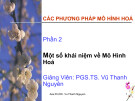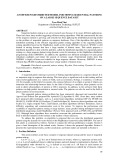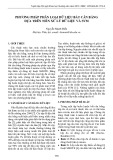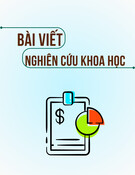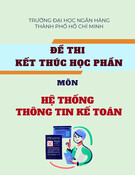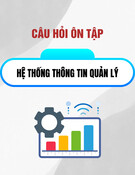
Chương 3
Mô hình hóa dữ liệu
1
Quy tắc nghiệp vụ và mô hình hóa dữ liệu

Quy tắc nghiệp vụ
Business rules
Quy tắc nghiệp vụ thường không có cấu trúc rõ
ràng
Nên loại bỏ các chi tiết thừa
Bổ sung các chi tiết bị thiếu
2

Mục đích của phân tích bài toán
Goals of Narrative Problem Analysis
Tạo ra lược đồ ER phù hợp với mô tả bài toán
Nên chọn thiết kế đơn giản hơn trong giai đoạn
đầu
Nên làm rõ những phát biểu không rõ ràng hoặc
thiếu chi tiết.

Các bước phân tích bài toán
Nhận diện các kiểu thực thể và thuộc tính
Xác định khóa chính
Xác định mối quan hệ
Xác định lượng số
Làm đơn gián mối quan hệ phức

Case study:
The water utility database should support the
recording of water usage and billing for water
usage. To support these functions, the database
should contain data about customers, rates,
water usage, and bills.
5

